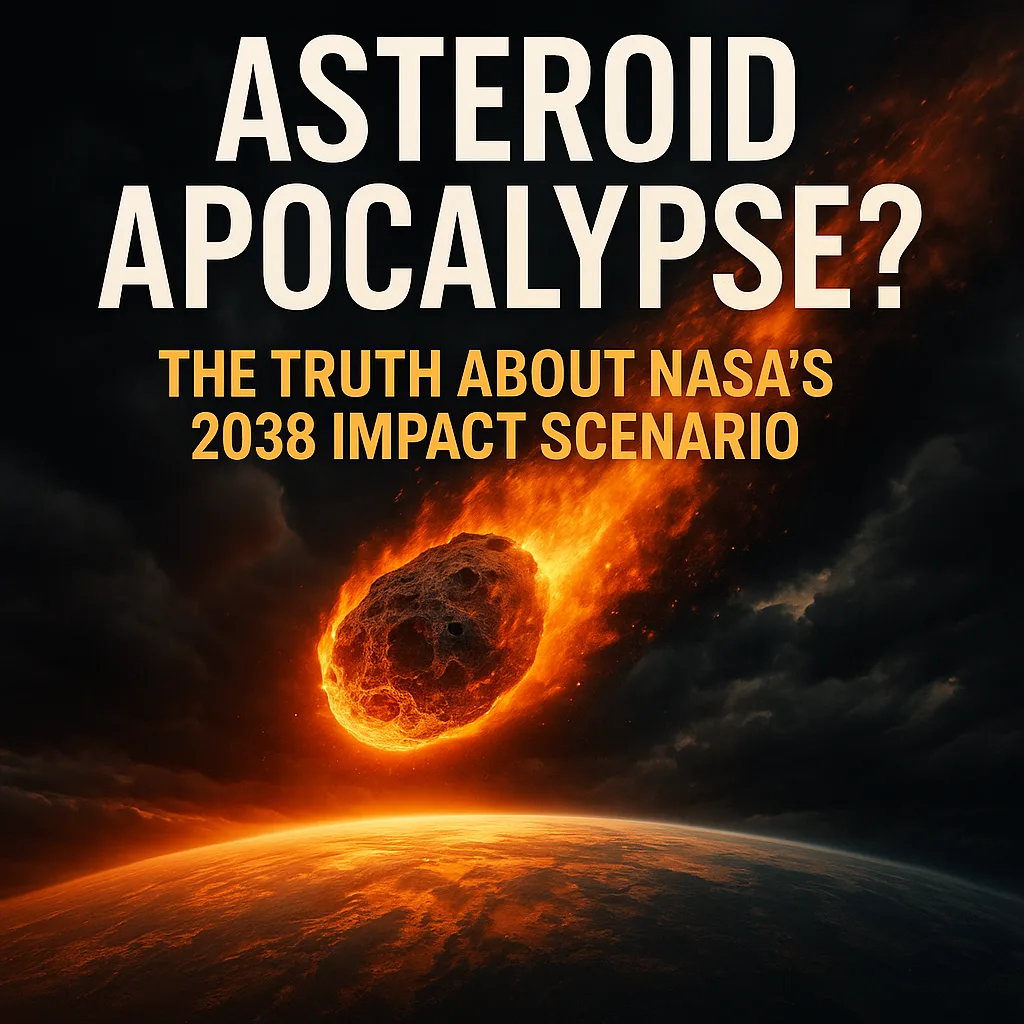The Simulation That Shocked the World
In early 2024, NASA conducted a chilling tabletop exercise where scientists pretended an asteroid named 2024 PDC had a 72% chance of hitting Earth in 2038. Headlines screamed about doomsday scenarios, but the reality is far more nuanced—and reassuring. This war game exposed both our growing planetary defense capabilities and the very real gaps we still need to address.
Understanding Space Rocks: What Could Actually Hit Us?
Celestial Bodies 101
| Type | Size Range | Frequency | Threat Level |
|---|---|---|---|
| Meteoroids | <1m | Daily | Harmless (burn up) |
| Asteroids | 1m-1km | 30,000+ tracked | Potentially dangerous |
| Comets | 1km+ | Rare | High risk (fast moving) |
Key Fact: About 100 tons of space dust hits Earth daily—we only worry about objects >140 meters.
Historical Impacts That Shaped Our Planet
- Chicxulub (10km, 66M years ago): Killed dinosaurs
- Tunguska (50m, 1908): Flattened 800 sq miles of forest
- Chelyabinsk (20m, 2013): Injured 1,500 from shockwave
NASA’s Planetary Defense Arsenal
Detection Systems
- ATLAS (Hawaii/Chile): Scans entire sky nightly
- NEO Surveyor (2028 launch): IR space telescope
- Catalina Sky Survey: Finds 90% of new near-Earth objects
Current Stats: 34,000+ asteroids tracked, with 2,300+ classified as potentially hazardous.
Deflection Technologies
- Kinetic Impactor (DART tested 2022):
- Changed Dimorphos asteroid’s orbit by 32 minutes
- Works best with 10+ years warning
- Gravity Tractor:
- Uses spacecraft’s mass to slowly alter trajectory
- Requires decades of lead time
- Nuclear Option (Last resort):
- Not to destroy, but to nudge via radiation pressure
- Theoretical models show promise
“It’s not about blowing up asteroids—it’s about precision orbital mechanics.”
— Dr. Amy Mainzer, NASA Planetary Defender
The 2038 Scenario: What We Learned
Simulation Results
- Predicted Impact Zone: Dallas-Fort Worth metro
- Energy Equivalent: 1,000 Hiroshima bombs
- Evacuation Impossible: 13M people in danger zone
Critical Gaps Exposed:
- 5-10 years may not be enough for deflection
- No international consensus on who pays
- Public communication protocols lacking
Why 2024 PDC Won’t Actually Hit Us
- It Doesn’t Exist: Purely fictional exercise
- Real Detection Would Happen Sooner: Current systems spot threats decades out
- We’re Getting Better: Next-gen telescopes coming online
Reassuring Stat: NASA estimates we’ve found 95% of civilization-ending asteroids (>1km).
How You Can Sleep Soundly Tonight
Ongoing Protection Efforts
- Double Asteroid Redirection Test (DART): Proven deflection works
- NEOWISE Mission: Cataloging dangerous objects
- International Drills: 20+ countries now coordinate
Future Safeguards
- 2028: NEO Surveyor launch
- 2030s: Lunar early-warning system proposed
- 2040: Goal to find 90% of >140m objects
Key Takeaways
☄️ No known asteroid threatens Earth in 2038 or beyond
🛰️ We can detect threats decades in advance
🚀 Deflection tech exists but needs refinement
🌍 International cooperation is critical
🔭 New telescopes will make us even safer
The truth is comforting: while asteroid impacts remain the only natural disaster we can predict and prevent, the astronomical odds of a civilization-ender are 1 in 1,000,000 annually. NASA’s simulations aren’t prophecies—they’re preparation. The sky isn’t falling, but smart scientists are making sure it never does.



